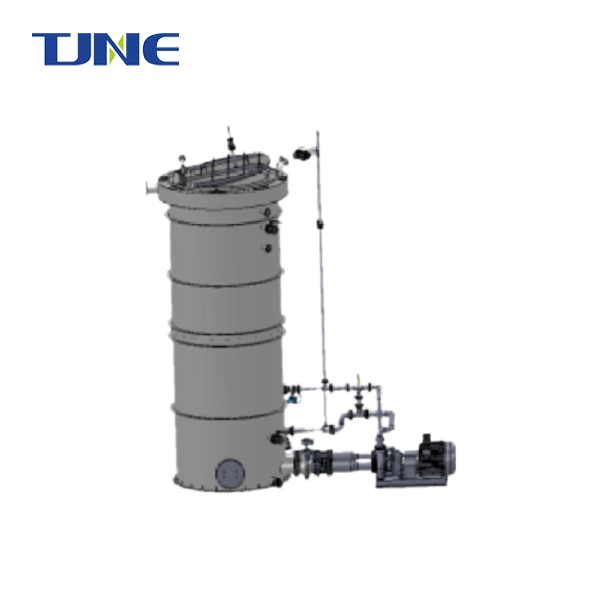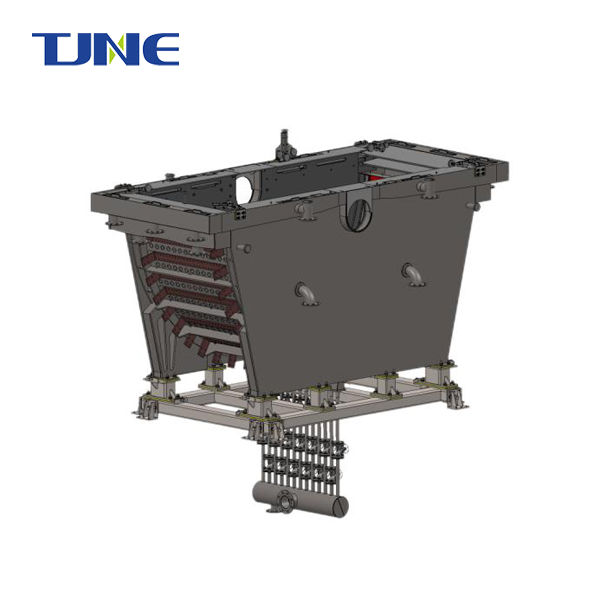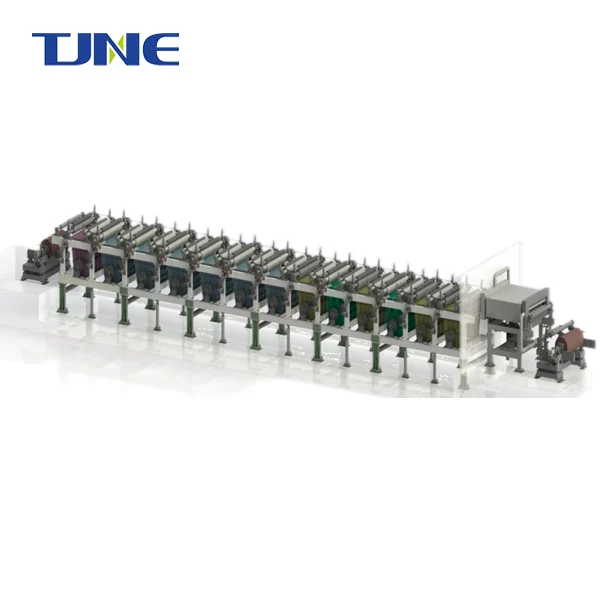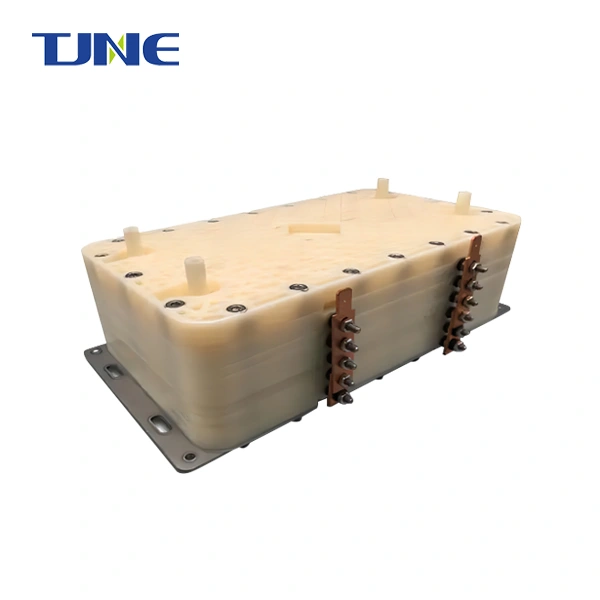- English
- French
- German
- Portuguese
- Spanish
- Russian
- Japanese
- Korean
- Arabic
- Greek
- German
- Turkish
- Italian
- Danish
- Romanian
- Indonesian
- Czech
- Afrikaans
- Swedish
- Polish
- Basque
- Catalan
- Esperanto
- Hindi
- Lao
- Albanian
- Amharic
- Armenian
- Azerbaijani
- Belarusian
- Bengali
- Bosnian
- Bulgarian
- Cebuano
- Chichewa
- Corsican
- Croatian
- Dutch
- Estonian
- Filipino
- Finnish
- Frisian
- Galician
- Georgian
- Gujarati
- Haitian
- Hausa
- Hawaiian
- Hebrew
- Hmong
- Hungarian
- Icelandic
- Igbo
- Javanese
- Kannada
- Kazakh
- Khmer
- Kurdish
- Kyrgyz
- Latin
- Latvian
- Lithuanian
- Luxembou..
- Macedonian
- Malagasy
- Malay
- Malayalam
- Maltese
- Maori
- Marathi
- Mongolian
- Burmese
- Nepali
- Norwegian
- Pashto
- Persian
- Punjabi
- Serbian
- Sesotho
- Sinhala
- Slovak
- Slovenian
- Somali
- Samoan
- Scots Gaelic
- Shona
- Sindhi
- Sundanese
- Swahili
- Tajik
- Tamil
- Telugu
- Thai
- Ukrainian
- Urdu
- Uzbek
- Vietnamese
- Welsh
- Xhosa
- Yiddish
- Yoruba
- Zulu
The realm of electrochemistry offers a plethora of applications that extend beyond the laboratory and into our everyday lives. Among the materials that have garnered significant interest for their electrochemical properties is titanium. Known for its strength, lightweight, and corrosion resistance, titanium has found a place in various industries, including water treatment, aerospace, medical implants, and energy storage. But can titanium be considered an active electrode? This question delves into the heart of electrochemical processes where titanium plays a crucial role, particularly in swimming pool disinfection. As we explore the capabilities and efficiency of titanium electrodes, we will uncover how they compare to traditional methods and whether they offer a sustainable alternative for water sanitation.
Titanium's unique properties make it an ideal candidate for electrochemical applications. Its high strength-to-weight ratio, exceptional corrosion resistance, and biocompatibility have led to its widespread use in various fields. In the context of electrochemistry, titanium's ability to form a stable oxide layer on its surface is particularly important. This oxide layer provides protection against corrosion and allows titanium to serve as a substrate for various catalytic coatings, enhancing its electrochemical performance.
How Does Titanium Electrode Work in Electrolysis?
Titanium electrodes are widely used in electrolytic processes due to their inertness and ability to be coated with a catalyst to enhance their performance. In the context of swimming pool disinfection, a titanium electrode serves as the anode, which, when an electric current is applied, facilitates the production of reactive oxygen species. These species, including hydroxyl radicals, hypochlorous acid, and ozone, are highly effective in oxidizing and neutralizing contaminants, such as bacteria and algae, in the water.
The process begins with the electrolysis of water, where the titanium anode breaks down the water molecules into oxygen and hydrogen ions. The oxygen then reacts with the water to form the reactive species responsible for disinfection. This mechanism is not only efficient but also environmentally friendly, as it reduces the reliance on chemical disinfectants.
To delve deeper into the electrochemical process, it's important to understand the role of the titanium electrode's surface. While pure titanium is not particularly active in terms of electron transfer, its surface can be modified to enhance its catalytic properties. Common coatings include precious metals like platinum or iridium, as well as metal oxides such as ruthenium dioxide or iridium oxide. These coatings significantly increase the electrode's activity and selectivity towards specific reactions.
The electrolysis process at a titanium anode can be described by the following simplified reactions:
1. Water oxidation: 2H2O → O2 + 4H+ + 4e-
2. Chloride oxidation (in presence of chloride ions): 2Cl- → Cl2 + 2e-
3. Formation of hypochlorite: Cl2 + H2O → HOCl + H+ + Cl-
These reactions occur simultaneously, with their relative rates depending on factors such as electrode potential, chloride concentration, and pH. The production of these oxidizing species contributes to the disinfection process, effectively eliminating pathogens and other contaminants in the water.
The Role of Titanium Electrodes in Swimming Pool Sanitation: A Sustainable Approach?
Swimming pool sanitation has traditionally relied on chemical disinfectants, such as chlorine. However, the use of titanium electrodes offers a sustainable alternative. The primary advantage of using titanium electrodes is the elimination of harmful by-products associated with chemical disinfection. Moreover, the process is self-regulating, as the production of reactive species is directly proportional to the presence of contaminants.
The sustainability of titanium electrodes is further highlighted by their longevity and low maintenance requirements. Unlike chlorine, which needs to be continuously added to the pool, the electrolytic process using titanium electrodes is a one-time setup with minimal operational costs. This not only reduces the environmental impact but also provides a cost-effective solution for pool owners.
One of the key aspects of sustainability in this approach is the reduction of chemical transportation and storage. Traditional pool sanitation methods require regular deliveries of chlorine or other chemicals, which involves transportation costs and potential environmental risks. With titanium electrodes, the need for these chemicals is significantly reduced, lowering the carbon footprint associated with pool maintenance.
Furthermore, the use of titanium electrodes allows for more precise control of the disinfection process. Advanced systems can incorporate sensors that monitor water quality parameters such as pH, oxidation-reduction potential (ORP), and conductivity. These sensors can provide feedback to the electrolytic system, allowing it to adjust the production of disinfecting agents in real-time. This level of control ensures that the pool water is always maintained at optimal conditions without over-or under-treating.
Another aspect of sustainability is the potential for integrating this technology with renewable energy sources. As the electrolytic process requires electricity, there's an opportunity to power these systems using solar panels or other renewable energy technologies. This integration could further reduce the environmental impact of pool maintenance and align with broader sustainability goals.
Comparing Titanium Electrodes to Traditional Chlorine: Which is More Efficient?
When comparing the efficiency of titanium electrodes to traditional chlorine, several factors come into play. While chlorine is a fast-acting disinfectant, its use can lead to the formation of harmful trihalomethanes when it reacts with organic matter in the water. On the other hand, titanium electrodes produce a more controlled and continuous disinfection process, reducing the risk of harmful by-products.
Moreover, the use of titanium electrodes can be more efficient in terms of energy consumption. While chlorine generation requires significant energy input, the electrolytic process is relatively energy-efficient, especially when using advanced electrolytic cells that optimize the use of the electric current.
To provide a more comprehensive comparison, let's consider several key aspects:
1. Disinfection Efficacy: Both chlorine and titanium electrode systems can effectively disinfect pool water. However, the electrolytic process using titanium electrodes can provide more consistent disinfection levels, as it continuously produces oxidizing agents in situ. This can be particularly advantageous in maintaining water quality during periods of high bather load.
2. By-product Formation: Chlorine is known to react with organic compounds in water, forming disinfection by-products (DBPs) such as trihalomethanes and chloramines. These by-products can cause eye and skin irritation and have potential long-term health effects. Titanium electrode systems, while still producing some chlorine-based oxidants, generally result in lower levels of DBPs due to the more controlled oxidation process.
3. pH Stability: Chlorine addition can significantly affect water pH, often requiring the use of pH adjusting chemicals. Titanium electrode systems have a lesser impact on pH, potentially reducing the need for additional chemical treatments.
4. Operational Costs: While the initial investment for a titanium electrode system may be higher, the ongoing operational costs are often lower. This is due to reduced chemical requirements and lower energy consumption compared to producing and transporting chlorine.
5. Safety: Handling and storing chlorine can pose safety risks. Titanium electrode systems eliminate these risks by producing disinfectants on-site and on-demand.
6. Adaptability: Titanium electrode systems can be more easily adjusted to varying disinfection needs. They can be integrated with smart control systems that automatically adjust the production of oxidants based on real-time water quality measurements.
Conclusion
The exploration of titanium as an active electrode in swimming pool disinfection reveals a promising alternative to traditional chemical methods. With its sustainable, efficient, and environmentally friendly approach, the use of titanium electrodes in electrolysis presents a compelling case for redefining water sanitation practices. As we look to the future, the adoption of such technologies may very well become the standard in various applications beyond swimming pools, including water treatment plants and industrial processes.
The advantages of titanium electrodes extend beyond just swimming pool sanitation. Their potential applications in wastewater treatment, desalination, and industrial effluent processing highlight the versatility of this technology. As global water scarcity becomes an increasingly pressing issue, innovative and sustainable water treatment methods like titanium electrode systems could play a crucial role in addressing these challenges.
However, it's important to note that the transition to titanium electrode systems is not without challenges. Initial installation costs, the need for specialized maintenance, and ensuring proper integration with existing pool systems are factors that need to be considered. Additionally, public awareness and acceptance of this technology may take time, as many pool owners and operators are accustomed to traditional chlorine-based systems.
As research in this field continues, we can expect further improvements in electrode design, catalytic coatings, and system efficiency. The development of more affordable and user-friendly systems could accelerate the adoption of this technology in both residential and commercial settings. Furthermore, the potential for combining titanium electrode systems with other emerging water treatment technologies, such as advanced oxidation processes or membrane filtration, could lead to even more effective and sustainable water management solutions.
In conclusion, while titanium itself may not be an inherently active electrode material, its use as a substrate for catalytic coatings in electrolytic systems demonstrates its crucial role in advanced water treatment technologies. The advantages offered by titanium electrode systems in terms of efficiency, sustainability, and water quality make them a promising solution for the future of pool sanitation and beyond. As we continue to seek more environmentally friendly and efficient methods of water treatment, titanium electrodes stand out as a technology that could significantly contribute to these goals.
If you are interested in the products of Xi'an Taijin New Energy Technology Co., Ltd., please contact yangbo@tjanode.com.
References:
1. Chen, X., Chen, G., & Yue, P. L. (2001). Stable Ti/IrOx-Sb2O5-SnO2 anode for O2 evolution with high oxygen evolution potential. The Journal of Physical Chemistry B, 105(20), 4623-4628.
2. Kraft, A. (2007). Doped diamond: A compact review on a new, versatile electrode material. International Journal of Electrochemical Science, 2(5), 355-385.
3. Martínez-Huitle, C. A., & Ferro, S. (2006). Electrochemical oxidation of organic pollutants for the wastewater treatment: direct and indirect processes. Chemical Society Reviews, 35(12), 1324-1340.
4. Panizza, M., & Cerisola, G. (2009). Direct and mediated anodic oxidation of organic pollutants. Chemical Reviews, 109(12), 6541-6569.
5. Zaviska, F., Drogui, P., Blais, J. F., & Mercier, G. (2009). In situ active chlorine generation for the treatment of dye-containing effluents. Journal of Applied Electrochemistry, 39(12), 2397-2408.
6. Särkkä, H., Bhatnagar, A., & Sillanpää, M. (2015). Recent developments of electro-oxidation in water treatment—A review. Journal of Electroanalytical Chemistry, 754, 46-56.
7. Rajeshwar, K., & Ibanez, J. G. (1997). Environmental electrochemistry: Fundamentals and applications in pollution abatement. Academic Press.
8. Comninellis, C., & Chen, G. (Eds.). (2010). Electrochemistry for the environment. Springer Science & Business Media.
9. Chaplin, B. P. (2014). Critical review of electrochemical advanced oxidation processes for water treatment applications. Environmental Science: Processes & Impacts, 16(6), 1182-1203.
10. Martínez-Huitle, C. A., & Brillas, E. (2009). Decontamination of wastewaters containing synthetic organic dyes by electrochemical methods: a general review. Applied Catalysis B: Environmental, 87(3-4), 105-145.
11. Yang, Y., Pignatello, J. J., Ma, J., & Mitch, W. A. (2014). Comparison of halide impacts on the efficiency of contaminant degradation by sulfate and hydroxyl radical-based advanced oxidation processes (AOPs). Environmental Science & Technology, 48(4), 2344-2351.
12. Trasatti, S. (2000). Electrocatalysis: understanding the success of DSA®. Electrochimica Acta, 45(15-16), 2377-2385.
13. Chen, G. (2004). Electrochemical technologies in wastewater treatment. Separation and Purification Technology, 38(1), 11-41.
14. Mousset, E., Oturan, N., & Oturan, M. A. (2018). An unprecedented route of OH radical reactivity evidenced by an electrocatalytical process: Ipso-substitution with perhalogenocarbon compounds. Applied Catalysis B: Environmental, 226, 135-146.
15. Govindaraj, M., Gopinath, M., & Sikka, P. (2018). Electrochemical oxidation of chlorophenols for wastewater treatment: A review. International Journal of Environmental Science and Technology, 15(3), 723-744.












